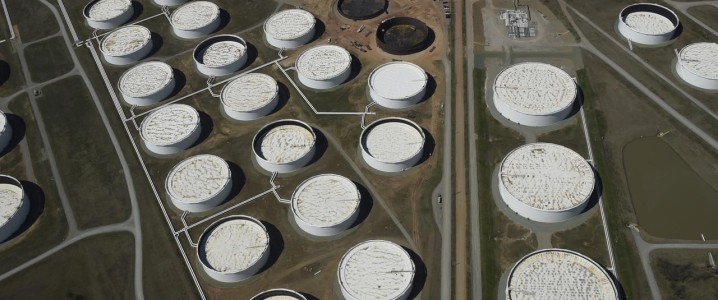
U.S. gasoline prices are now lower than they were at this time last year, and the national average could drop to below $3 per gallon by Christmas. Higher-than-usual refinery utilization rates are key contributors to the drop in gasoline prices as refiners have operated at near capacity since the September-October maintenance season.
Refiners, which were blamed this summer and autumn by the Biden Administration for failing to “pass on savings to the pump”, “war profiteering,” and “market gauging”, have sought to capture the benefits of high refining margins in recent months.
Now that gasoline prices in America are falling and sit below year-ago levels, President Biden and his Administration are taking the credit.
In reality, the key reasons for much lower prices than the record-highs from June this year are the drop in international crude oil prices to $80 a barrel and below, higher utilization at U.S. refineries, and falling gasoline demand with the start of the low season for driving with inclement weather and less daylight.
Since U.S. refineries came back online from an extensive maintenance period in September and October, they have been running at 95% utilization rate, nearly at full capacity, at a time of the year when they typically run less operational capacity, energy expert Ellen Wald and Patrick De Haan, Head of Petroleum Analysis at fuel savings app GasBuddy, say.
Related: Petrobras Sheds $41 Billion In Market Value In 2 Months
“This partly explains why gasoline was more expensive during maintenance season but has come down now that maintenance season has ended,” Wald wrote in Investing.com.
Refiners are running at higher utilization rates for two main reasons—lower overall U.S. refining capacity since the start of the pandemic, and very good refining margins, Wald notes.
U.S. refining capacity is now lower than it was before Covid, as operable refinery capacity shrank in 2021 for a second consecutive year to stand at 17.9 million barrels per calendar day as of January 1, 2022, according to estimates from the U.S. Energy Information Administration (EIA). Refiners permanently shut down some refinery capacity at the start of the pandemic when fuel demand plunged, while others closed facilities to convert them into biofuel refineries.
U.S. refiners operated at high capacity rates in the third quarter. Despite a decline in refining margins in recent months, the biggest American refiners continued to post bumper profits for Q3, helped by cheaper sour crude grades and lower costs for natural gas in the United States compared to Europe.
Refineries operated at 92.2% of their operable capacity in the week ending December 9, the EIA’s latest weekly inventory report showed. Gasoline production increased last week, averaging 9.2 million barrels per day (bpd), and gasoline inventories increased by 4.5 million barrels. This compares with an inventory build of 5.3 million barrels for the previous week and production of 9.1 million bpd.
The result of higher output, gasoline builds, and slowing demand is a drop in gasoline prices nationwide.
Between December 12 and 15, the national average for a gallon of regular gasoline fell by seven cents to $3.19, per AAA data. Implied demand, per the EIA weekly report, dropped slightly from 8.36 million bpd to 8.26 million bpd last week.
“This coincides with the arrival of the winter driving season when fewer people hit the roads due to less daylight and more inclement weather,” AAA said.
“Increasing supply and lower gasoline demand are pushing pump prices lower. As demand remains low and stocks grow, drivers will likely continue to see pump prices decrease through next week.”
Gasoline prices could be headed to a national average of $2.99 per gallon by Christmas, GasBuddy’s De Haan said in an analysis at the end of November.
On December 15, De Haan said that the national average is around 15 cents away from falling to $2.999 per gallon and is likely to hit that threshold late on December 23 or December 24.
Source: https://oilprice.com/
